America’s Most Endangered Rivers of 2014
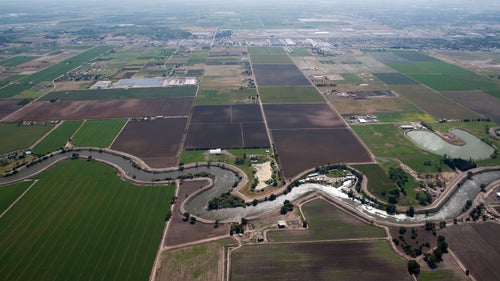
Many of our beloved rivers are threatened across the country. sounds the alarm with its annual America’s Most Endangered Rivers report—a list of rivers facing critical decisions in the coming year. Is a river near you on the list?
The San Joaquin is Central California’s largest river, supporting endangered fish and wildlife, communities, and one of the most productive agricultural regions in the world. However, the river is so over-tapped that it runs completely dry in stretches, threatening water quality, endangering fish and wildlife, creating uncertainty for farmers, and leaving communities vulnerable in the face of more frequent and severe droughts. American Rivers is calling on the California Water Resources Control Board to increase flows in the San Joaquin, and is also urging Congress to preserve laws and agreements that protect the river and its communities.

The Upper Colorado River and its tributaries include some of the most heavily degraded rivers and some of the last truly healthy rivers in the West. The rivers are critical to Colorado’s heritage; they are a lifeline for fish and wildlife, sustain a vibrant agricultural economy, and provide world-class opportunities for fishing, paddling, and hiking. However, these renowned rivers are threatened by increasing water demands and new proposed water diversions. American Rivers is calling on the governor of Colorado to keep water flowing in the rivers by promoting responsible conservation measures in the Colorado Water Plan.

The Mississippi River’s ability to spread out into its floodplain is important for fish and wildlife and for protecting downstream communities from floodwaters. But the U.S. Army Corps of Engineers is proposing to cut off the Mississippi River from one of its last floodplain connections by constructing a new levee at the bottom of the New Madrid Floodway. American Rivers is asking the Corps to abandon the New Madrid Levee project.
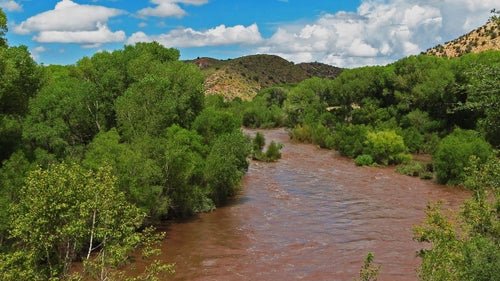
New Mexico’s last free-flowing river, the Gila, is threatened by an expensive and unnecessary water diversion and pipeline project. The new diversions, pipelines, and storage reservoirs would not only harm wildlife, fish, and river health, but would negatively impact local economies dependent upon outdoor recreation and tourism. American Rivers is calling on New Mexico Governor Susana Martinez to protect the Gila River and implement cheaper and more effective non-diversion alternatives to meet southwest New Mexico’s water supply needs.
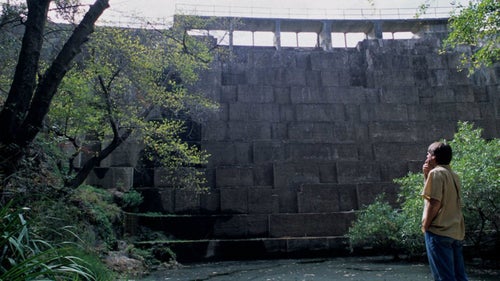
California’s San Francisquito Creek is a natural refuge in an urban setting, providing recreation opportunities for nearby communities as well as a home to rare fish and wildlife. However, Stanford University’s 65-foot Searsville Dam blocks threatened steelhead from reaching 20 miles of habitat upstream, impairs water quality, and poses flooding risks for local communities. American Rivers is calling on Stanford to remove this obsolete dam to restore the health of the creek and secure the safety of its communities.
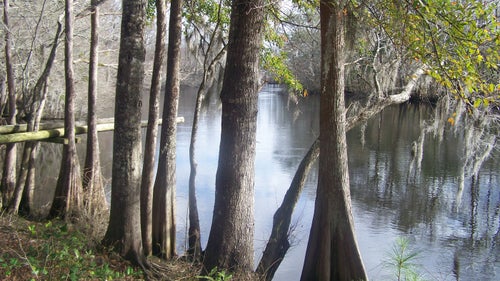
The Edisto River is one of South Carolina’s most iconic rivers for paddlers and outdoor enthusiasts. However, excessive agriculture withdrawals can take up to 35 percent of the river’s flow during summer months, threatening river health and downstream water users, including other farmers. American Rivers is calling on the state legislature to create fairness among all water users and ensure enough water stays in the river to protect river health.

The White River is one of Colorado’s hidden gems, home to abundant fish and wildlife, and providing excellent fishing, boating, and other recreational opportunities. However, the Bureau of Land Management is proposing to allow 15,000 new oil and gas wells in the region, which threaten to industrialize this remote and beautiful area and harm clean water and wildlife habitat. American Rivers is urging the BLM to protect the White River and balance new development with conserving the area’s unique wild values for future generations.
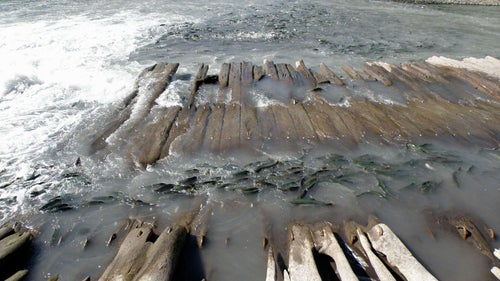
Washington’s White River is a haven for salmon and steelhead, iconic fish treasured by tribes and recreational anglers. However, these fish are blocked by the U.S. Army Corps of Engineers’ Mud Mountain Dam and are often killed at its unsafe and outdated fish collection facility at the Buckley Diversion Dam (above) a few miles downstream. American Rivers is calling on the Corps to design and implement a new state-of- the-art fish passage system by 2017.

The Haw River is an important resource for more than a million people, providing drinking water and recreation in central North Carolina. Unfortunately, rollbacks of rules designed to address water pollution threaten the health of local residents and fish and wildlife. American Rivers is calling on the North Carolina legislature to clean up the river in order to protect the water supply and a key recreational resource.
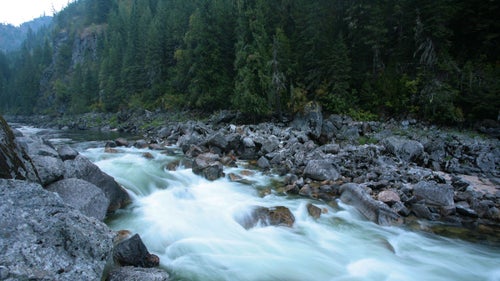
The Middle Fork Clearwater River and one of its main tributaries, the Lochsa River, were among America’s first rivers to be designated under the Wild and Scenic Rivers Act. Home to the Nez Perce Tribe and rich in early American history, these rivers are cherished by anglers and paddlers for their thriving coldwater fisheries, thrilling whitewater, and spectacular scenery. In stark conflict with these values, the energy industry wants to use the rural highway paralleling these rivers to transport huge megaloads of industrial equipment bound for the Canadian tar sands. American Rivers is urging the U.S. Forest Service to ban megaloads shipments along the river corridor to protect the rivers’ unique Wild and Scenic character.